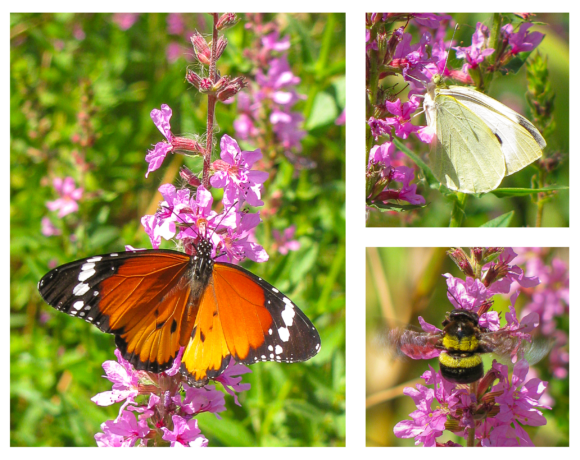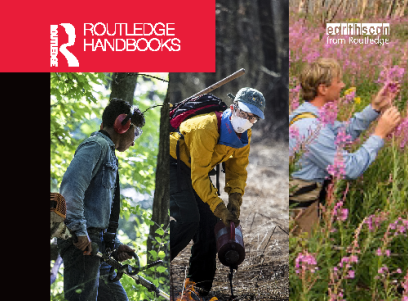13 November 2018 | By Patricia Holmes
Sixteen alien ornamental species that have spread from gardens into the city’s open spaces were assessed for their potential to invade natural habitats. A subset of species was found to be invasive in one or more habitat types. Patricia Holmes and Ulrike Irlich (C·I·B Associates and former City of Cape Town staff members) and Tony Rebelo (SANBI) conducted the study.
A screening tool was developed to assess the species’ invasive potential. Naturalisation records were examined to determine the type of habitats in which the ornamentals were established (i.e. modified, degraded-natural or near-natural habitats).
Six species were established in natural habitats. It was found that some ornamental species can quickly change from being benign “sleepers” to invaders. For example, Kiss-me-Kate or Devil’s Beard (Centranthus ruber) has suddenly appeared as a widespread naturalised ornamental in citizen science records. It has the ability to establish in natural habitats and also to persist following vegetation fires.

It is critical to screen and monitor those naturalised ornamentals that have potential to become invasive in natural habitats. Control operations should focus on preventing spread into natural habitats and to clear ornamentals from natural areas, especially after fires in the case of fire-adapted species.
“This study has indicated the importance of good baseline data of species distributions in order to assess invasive potential, particularly after fires,” according to lead author Patricia Holmes of the paper published in Bothalia. She further states that: “Citizen science volunteer programmes play a useful role in recording localities of naturalised ornamentals and highlighting species that are on the move. One such citizen volunteer programme, iNaturalist, provides people with an online social network where they can share biodiversity information and help each other learn about nature.”
Read the paper in Bothalia: African Biodiversity & Conservation
For further information contact Patricia Holmes at holmes.patricia.m@gmail.com


